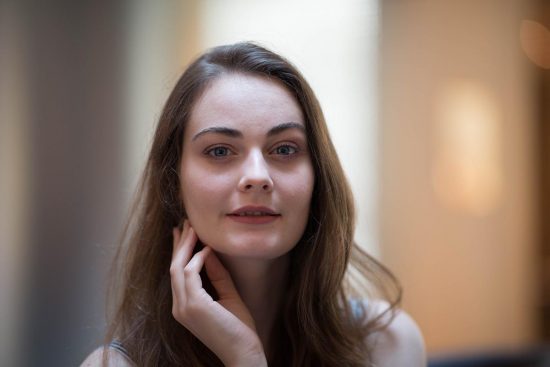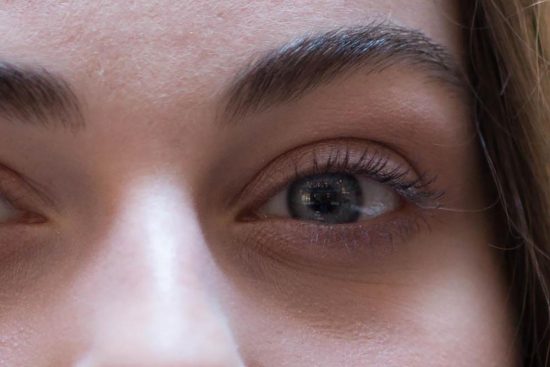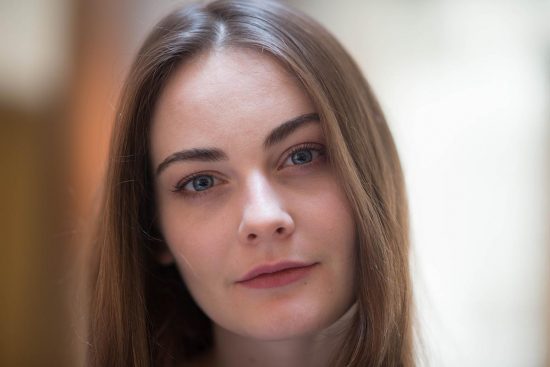Nikon Nikkor AF-S 105mm f/1.4E ED vs DC-Nikkor AF 105mm f/2D lens comparison
This article is by Horatio Tan (Website|Instagram|Facebook) Check out his other articles, also available on his website.
A couple of months ago, I contributed an article to Leica Rumors with regards to a new crop of lens that resolves details at much higher resolution. In case you’re interested, I have the Leica Rumors link here. It’s not that I’m one of those people who is obsessed with corner sharpness and resolution. If anything, I’m quite obsessed with bokeh! But I thought it was an interesting observation to share.
So naturally, when Nikon announced the release of the Nikon 105mm f/1.4E, I immediately knew I had to get my hands on it. From my investigation on bokeh, ranging from the world of Nikon to Canon to Leica, from different focal lengths from 50mm all the way up to 400mm, I came away with the impression that the 90mm to 135mm range was optimal, especially at wider aperture opening. Sound’s familiar? The Nikon 105mm f/1.4E shouts bokeh!
As expected, the bokeh was divine. Speaking from the perspective of a Leica Noctilux photographer, the Nikon 105mm f/1.4E is in a class of its own. I know I’ll get in trouble for saying that, but it’s true. But then it got me thinking… how does this lens compare to its predecessor, the Nikon 105mm f/2D DC?
The 105mm f/2 was never a very popular lens. I should know, because I didn’t have one in my bag of lenses. But because I had gotten my hands on the Nikon 105mm f/1.4E, I knew that the next natural thing to do is to compare the two.

Figure 1: Image was taken with a Nikon D800E with the Nikon 105mm f/2D DC set at defocus

Figure 2: Image was taken with a Nikon D800E with the Nikon 105mm f/1.4E
What I discovered was just how much of an evolutionary change the Nikon 105mm f/1.4E is compared to the Nikon 105mm f/2D DC. The newer version lens was sharper – much sharper. It was so noticeably sharper when shot on the Nikon D800E that when I magnified the image, it was still sharp. As for the Nikon 105mm f/2D DC. To its credit, it’s also very sharp, even when set on defocus mode. But with many older lenses designed before the expectation of high resolution camera sensors, they were never intended to resolve details to such an extent.

Figure 3: Image is a 100% enlargement of Figure 1 – photographed with the Nikon 105mm f/2D DC

Figure 4: Image is a 100% enlargement of Figure 2 – photographed with the Nikon 105mm f/1.4E
As for a comparison of bokeh, to be honest, I can’t really say that one is necessarily better than the other. From a subjective perspective, I favor the bokeh on the newer version, given the way it renders bokeh with more subtlety in gradation from focus to blur. However, what I do believe is the tipping point in favor of the newer version is the combination of sharpness and bokeh, especially when shot at closer distances, like in portraitures. It’s just staggering how optimized that combination of sharpness and bokeh is on the Nikon 105mm f/14E.
With that said, the newer version lens might not be for everyone. Increased sharpness comes with increased details, and as all portrait photographers know, not all subjects want to show all their imperfect details. Admittedly, there’s Lightroom and Photoshop to do away with lines and blemishes, but there is something to be said about in-camera optimization of image capture. Whatever you can photograph without the need for edit in post, the better.

Figure 5: At lower screen resolution, can you tell which lens this image was taken with?

Figure 6: Again, at lower screen resolution, can you tell which lens this was taken with?
Overall, I like the newer version more. It’s the combination of sharpness, and bokeh that I prefer. Funny thing is I love this lens wide open so much that I haven’t even stopped it down once. From my perspective, why would anyone want to do such a thing!
On a humorous side note – as one who has been shooting more Leica than Nikon as of late (meaning the last four years), I had an issue with unscrewing the rear cap. I must have inadvertently screwed it on too tight that the rear cap somehow got stuck. So frustrated, I called my vendor, who then advised me to unscrew the rear cap slowly but with much force. Rather embarrassingly, it came off. Don’t laugh at me. This could happen to you.
For more samples of the Nikon 105mm f/1.4E, please visit my site!
If you have an interesting idea for a guest post, you can contact me here.








